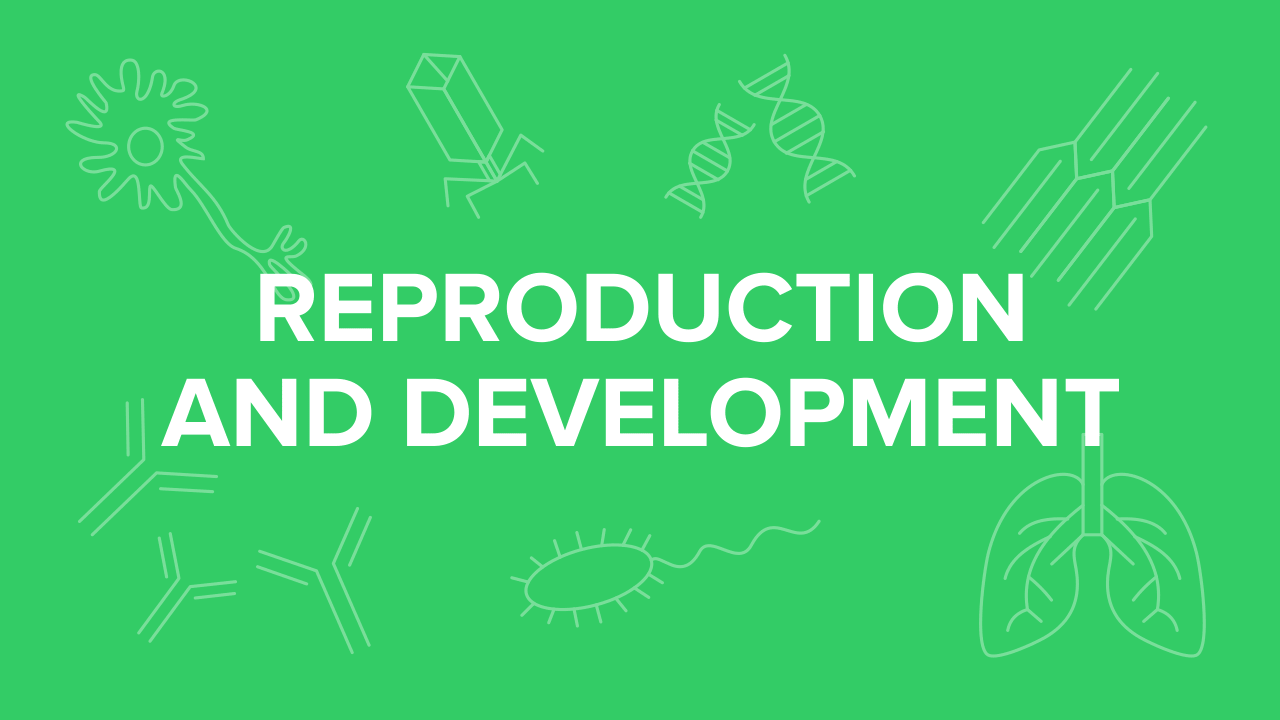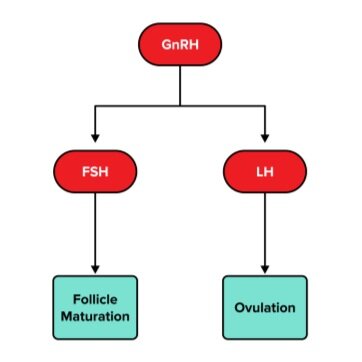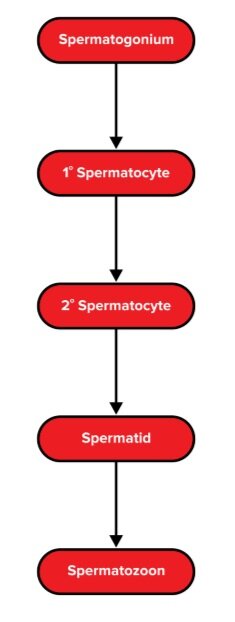Reproduction and Development for the MCAT: Everything You Need to Know
/Learn key MCAT concepts about reproduction and development, plus practice questions and answers
(Note: This guide is part of our MCAT Biology series.)
Table of Contents
Part 1: Introduction to reproduction and development
Part 2: Reproductive overview
a) Endocrine control
b) Spermatogenesis
c) Oogenesis
Part 3: Fertilization and early development
a) Fertilization
b) Cleavage, blastulation, and implantation
c) Gastrulation
Part 4: Germ cell layers
a) Endoderm
b) Mesoderm
c) Ectoderm
Part 5: Neurulation
Part 6: Later development
a) Stages of pregnancy
b) Cell specialization
c) Apoptosis and regeneration
Part 7: High-yield terms
Part 8: Passage-based questions and answers
Part 9: Standalone questions and answers
-----
Part 1: Introduction to reproduction and development
As you review the anatomy, physiology, and biochemistry of the human body, it may seem almost miraculous that the human body can reproduce in such a short amount of time. In as little as eight weeks after fertilization, a single-celled zygote quickly becomes a multicellular embryo with many developing organ systems.
In this guide, we will briefly review the endocrinology and cellular physiology of reproduction. Then we’ll dive into the key stages of development: from fertilization leading to blastulation, then gastrulation and neurulation. Finally, at the end of this guide, you’ll be able to apply what you’ve learned using practice problems and an MCAT-style practice passage.
Let’s get started!
-----
Part 2: Reproductive overview
a) Endocrine control
The hypothalamus, anterior pituitary, and gonads make up the hypothalamic-pituitary-gonadal axis, or HPG axis. The hypothalamus releases a hormone called gonadotropin-releasing hormone (GnRH), which acts on the anterior pituitary gland. In response, the anterior pituitary gland secretes follicle-stimulating hormone (FSH) and luteinizing hormone (LH). You can find more information on the hypothalamus and pituitary glands in our guide on the endocrine system.
FSH and LH are both hormones that act directly on the gonads and have different effects on male and female bodies. In females, FSH acts on the ovaries to stimulate the growth and maturation of follicles: immature cells that assist in the development of eggs. In males, FSH will stimulate spermatogenesis, or the production of sperm.
In females, LH triggers ovulation and promotes estrogen production. Estrogen thickens the endometrium, which is the lining of the uterus. It also encourages the development of secondary sexual characteristics in females. Additionally, LH also promotes progesterone synthesis during the menstrual cycle. Together, these hormones determine the onset of folliculogenesis, ovulation, and the luteal phase.
Figure: Changes in relative physiological concentrations of key endocrine hormones during the menstrual cycle.
In males, LH stimulates testosterone synthesis. During puberty, this hormone promotes the development of secondary sexual characteristics in males and stimulates sexual drive. However, this hormone is also crucial for a male fetus as it promotes the development of male genitalia.
In early development, early embryos are “sexually indifferent”: while their chromosomal sex is already determined, their genitalia and sex cells are not yet induced to become male or female. The presence of testosterone is crucial in inducing the early genitalia to follow a male course of development.
Figure: The HPG axis in females.
Figure: The HPG axis in males.
In normal physiology, male and female germ cells develop into different structures. Recall that the testes are male structures that store sperm, or male germ cells. The ovaries are female structures that store eggs, or female germ cells. These two sets of germ cells require specialized sets of helper cells to assist in their development: the development of sperm requires Sertoli cells and Leydig cells, while the development of oocytes requires granulosa cells and theca cells. The production of sperm and egg cells is collectively referred to as gametogenesis, as they result in the production of gametes.
b) Spermatogenesis
The male reproductive anatomy consists of both internal and external structures. The testes are the male gonads.
Spermatogenesis is the process through which sperm are formed in the seminiferous tubules of the testes. First, a diploid spermatogonium undergoes mitosis to form a diploid primary spermatocyte. After undergoing meiosis I, two haploid secondary spermatocytes are formed. Both of these then undergo meiosis II to form four haploid spermatids. The spermatids undergo further maturation and finally develop into spermatozoa.
This meiotic division and maturation occur in long, coiled structures within the testes called seminiferous tubules. Spermatogenesis is aided by Sertoli cells (specialized cells in the seminiferous tubules of the testes and are stimulated by FSH) and Leydig cells (cells that are also found in the testes and are stimulated by LH to produce testosterone).
Figure: An overview of spermatogenesis.
Sperm acquire motility and await ejaculation in a structure called the vas deferens. After maturation, each of these spermatids becomes a haploid spermatozoon. When ejaculation occurs, sperm will pass through the vas deferens, the ejaculatory duct, and then the urethra, which facilitates its exit from the penis.
Figure: The structure of the sperm cell.
Gain instant access to the most digestible and comprehensive MCAT content resources available. 60+ guides covering every content area. Subscribe today to lock in the current investments, which will be increasing in the future for new subscribers.







